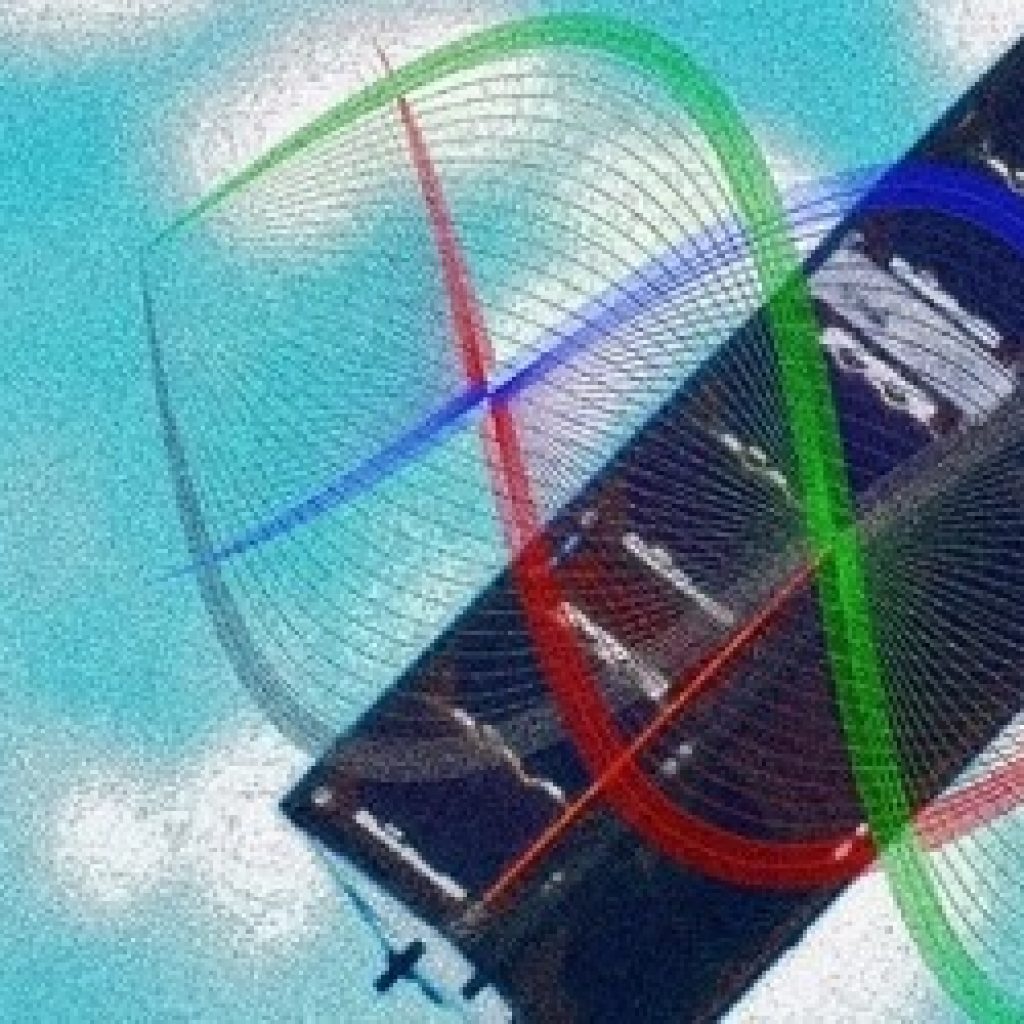(QuantumLab.org) Headline-grabbing experiments by China’s satellite Micius have shown that quantum signals can reach Earth from satellites with their spooky and useful properties intact, pointing the way to building a global quantum internet. An international team led by researchers at the Centre for Quantum Technologies (CQT), National University of Singapore have now shown that nanosatellites might do the job, saving cost compared to using larger satellites.
The team described their nanosatellite SpooQy-1 in a paper that was published on 25 June 2020 in Optica. Data from the 2.6kg satellite, in orbit 400 km above the Earth, confirm that it creates entangled quantum signals in a compact instrument onboard.
Entanglement, once dismissed as ‘spooky action at a distance’ by Einstein, is a correlation in the properties of particles that can bring gains in privacy and computing power.
Both SpooQy-1 and Micius carry quantum sources that create pairs of entangled light particles, called photons. Today’s internet already uses photons to carry data through optical fibres. The challenge in building a quantum internet is that optical losses in fibre limit quantum signals to distances of a few tens of kilometres. Satellites could reach further.
SpooQy-1 Shows Promise of Nanosatellites for Quantum Networks
